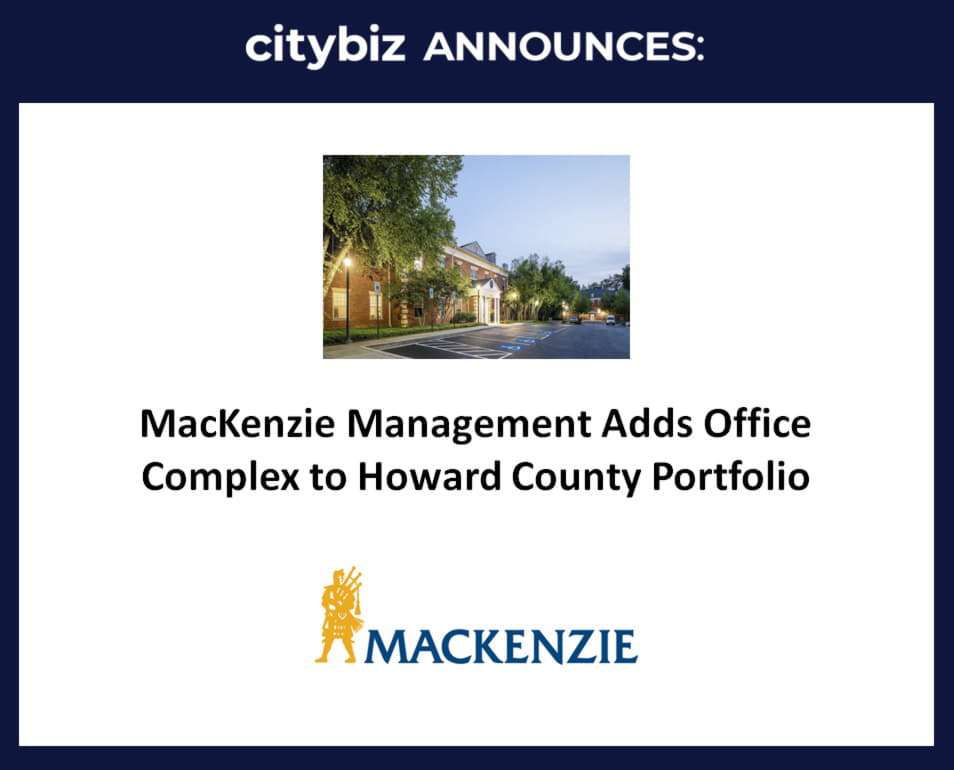
Ken Fellows
Many companies have returned to work with a nearly intact workforce while others, notably Dropbox, software company Okta and Spotify have implemented procedures that will make it possible for its talent to work from home on a nearly permanent basis. Designing and executing “return to work” and “work from home” procedures that have the best interests in mind of the employee AND the company, vary widely based on the specific industry, age and personal situation of its workers and even its office location. Work-sharing programs, staggered start times, childcare assistance and the opening of satellite offices in the suburbs reflect some of the creative ideas being implemented.
Although the great WFH experiment is closing in on its one-year anniversary, companies are still struggling to work things out to derive the most equitable and safest solution for its stakeholders. With the vaccine roll-out in its early stages of deployment, there still exists tremendous trepidation among the general public to work indoors for an extended period of time and, as most human resource executives will explain, the key to attracting and retaining talent lies in maintaining 100% flexibility and not placing employees in uncomfortable positions.
Procedures vary by industry
Companies that depend on regular employee collaboration to achieve desired results - such as creative shops, architects and interior designers - recognize the limitations of Zoom calls to generate feedback and spark imagination and are more inclined to create situations where employees feel comfortable in the workplace. Other sectors with a “heads-down” approach that don’t place as much emphasis on employee-to-employee communication are more agreeable to a remote workplace structure. In general, companies are still awaiting data on whether these efficiencies are negatively impacting overall production prior to make changes to existing protocols.
Suburban v Urban
Forget about working from the office. A large percentage of the car-less working population remain uncomfortable taking public transportation to arrive at the workplace. That remains a problem. Companies positioned on the 27th floor of a downtown office building have different guidelines and expectations compared to organizations contained on the ground level of a project in the suburbs. Both are implementing touchless entry and common-area technology that removes certain fears, but commons areas including bathrooms, kitchens and lobbies represent areas that need higher scrutiny. One emerging solution is for companies with downtown headquarters to open new satellite offices in the suburbs to provide workplace options.
Establishing and maintaining workplace culture
Building a culture is an integral part of becoming a successful business and it cannot be fostered by everyone working from home and having limited in-person, face-to-face time. People build relationships by getting to know each other during meetings, having informal interactions and conversations and observing the behavior ofothers to understand what is accepted. Established companies including Facebook, Microsoft, Amazon can afford to offer long-term remote work options since they have solidified culture that even people outside know and understand. If these companies were to expand or recruit new people, they would recruit employees that fit within these establishing systems.
Newly-formed companies need time to build a camaraderie among its members. Industry fixtures such as Reed Hasting (Netflix CEO) and Simon Sinek (best-selling author including “Start with Why”) hold negative views against work from home policy because it deters important relationship building.
Perks and amenities
Companies, across the board, are making revisions to its workplace protocols and offering provisions that make it easier for its workforce to operate with the COVID-restricted world. This is in recognition of two-income households with young children to watch over or educate during the day, as well as employees with at-risk health concerns.
Among the tactics used include accelerating work-sharing programs, staggering the start and end times of the workday to reduce the number of employees in the office and better accommodate the schedules of working parents and provide on-site childcare options. Some companies are also paying more money to those employees choosing to work from the physical office space.
Cleaning protocols are moving from an overnight operation that no one ever sees – typically referred to as the silent workers – to one that is “in front of the house” with day porters cleaning common spaces and surfaces for all to see. HVAC systems are also being revamped with stronger filtration systems and processes that increase the flow of outdoor air.
Edge is a commercial real estate firm providing a full complement of advisory, leasing, investment sales, management, construction, property management and engineering services to clients throughout the Washington, D.C., Maryland, Northern Virginia, and Pennsylvania marketplaces. Founded in 2007, the company currently leases and manages more than 8.5 million square feet of commercial office, flex/office, industrial/warehouse, retail and mixed-use space. Visit www.edgecre.com
Ken Fellows can be reached at 301.222.0210 or kfellows@edgecre.com


































